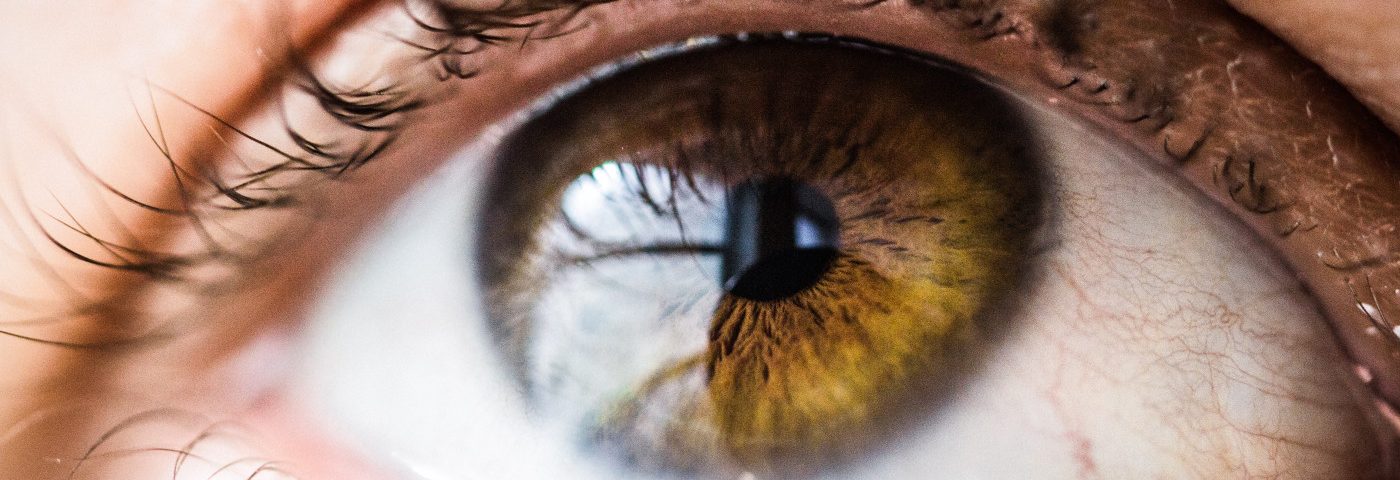TachoSil, a spongy collagen patch that promotes healing post-surgery, was successfully used as a first-line treatment in hard-to-treat corneal defects due to neurotrophic keratitis (NK), a report of two clinical cases shows.
Although it is not a “definite treatment” for this condition, researchers said, it can prevent further complications in patients’ eyes. However, more research is needed to establish the adhesive’s effectiveness for ophthalmological use, they noted.
The case report, “Use of Tachosil® as an adjuvant therapeutic option in neurotrophic keratopathy in order to prevent perforation,” was published in the Indian Journal of Ophthalmology.
TachoSil, developed by Takeda and now owned by Ethicon — a Johnson & Johnson medical devices company — is a sealant patch mainly used in surgeries to control bleeding (hemostasis).
The patch is made of collagen coated with human fibrinogen and thrombin, both coagulation factors with central roles in clot formation. When in contact with body fluids, the patch forms a fibrin clot, giving way for the collagen to adhere to human tissue.
In the context of ophthalmological care, TachoSil has been described as a useful tool to treat keratopathies (corneal diseases), especially when other treatment options are not indicated or not available.
The main ophthalmological applications of the patch reported in literature have been treatments of small or large perforations in the cornea, either by itself or combined with another membrane. (The cornea is the transparent front part of the eye that works like a window to focus the entry of light into the eye; it gradually deteriorates in NK patients.)
Now, researchers at Hospital Universitari i Politecnic La Fe, in Valencia, Spain, report the case of two female patients with NK in whom TachoSil was used in corneal grafts. According to the researchers, this is the first report of TachoSil used for such purpose.
The first patient was 95 years old with a history of high blood pressure and diabetes mellitus, who presented to the hospital due to redness in the right eye. She had NK due to the diabetes and, for almost a decade, had been treated with artificial tears, serum eye drops, and bandage contact lens.
Eye examination revealed the woman had conjunctival hyperemia (redness and dilation in the eye), superficial punctate keratitis (inflamed cornea), and thinning and reduced sensitivity in the cornea.
To avoid corneal perforation, the clinical team considered surgery, however, because of the patient’s age, nerve involvement and location of the injury, they decided against it. Instead, they used TachoSil, placing the patch over the corneal defect and a physiological saline solution to promote the adherence of the collagen to the corneal tissue.
This procedure was repeated three times at intervals of three days. A layer of collagen was formed and both the corneal thinning and perforation risk were corrected, with no need for major eye surgery.
The second case was about a 72-year old female patient who was referred to the hospital with the same symptoms. Six years before, the patient had to undergo cornea transplant (keratoplasty), as well as major eyelid surgeries, following a chemical facial burn.
She was left with a severe eye occlusion defect, and was treated with artificial tears, serum eye drops and gels. As was the case with the first patient, the right eye cornea was also thinning and lacked sensitivity.
The clinical team opted once again for TachoSil to address the patient’s risk of perforation and corneal graft failure, and the procedure was repeated two additional times. Again, the treatment was successful, with major surgery averted. In both cases, however, a mild white opacity in the cornea (leukoma) remained.
The application of TachoSil was successful as a first-line treatment for excessive corneal thinning with perforation risk, the researchers noted. “Although it is not a definite treatment for neurotrophic keratopathy (..) [i]t represents a simple solution in cases in which patients are not good candidates for corneal keratoplasty and other corneal bandages such as amniotic membrane are not available, ” they added.
“Further investigation should be considered to study the role of TachoSil and compare its effectiveness with other biological adhesives as there are no reported studies concerning its ophthalmological use,” the team concluded.

